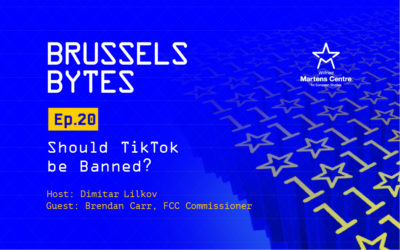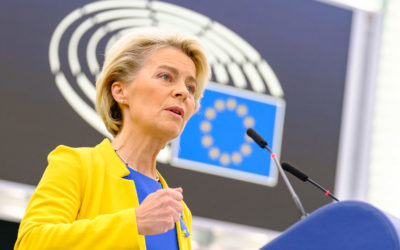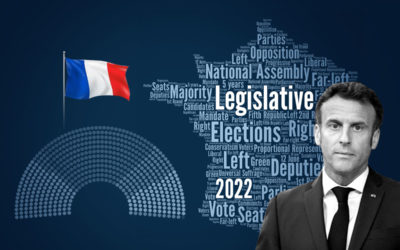On communism, skating and education
15 October 2013

The monument commemorating the Soviet army in the centre of Sofia has long been a popular meeting point for Sofia’s youth. And if you, like me, happen to wonder where is the link between the communist relic of the Soviet army and Bulgaria’s juvenile skaters, the answer is simple: they both know nothing about each other.
This is confirmed by a recent project of CES in cooperation with KAS Sofia and Hannah Arendt Centre on “The education on the communist regime and the European democratic values of the young people in Bulgaria today.” A survey which is part of the project shows that 66% of Bulgarians aged 15-35 are not aware of the term ‘Iron Curtain’, 88 % know nothing about the Molotov-Ribbentrop pact, 85.5 % have never heard about Solidarność, and 33.3 % don’t know what the Berlin Wall was.
Historical ignorance is shocking, especially for a country like Bulgaria whose stormy political and economic present is influenced so much by its recent communist past. The results of the survey however should not come as a surprise. The discourse on communist past has been well-hidden from the youth since the beginning of the 90s. As the debate after the presentation of the survey pointed, some of the reasons are educational gaps – programmes of history classes devote very little time to the topic and sideline it on the last pages of textbooks; state exams never include questions on the subject and as a result students have no incentives to learn about that part of history. At the same time, the little that is left in textbooks is totally de-personalised and presented as dry facts, making it extremely boring matter to read on. In addition, and as mentioned in the study, there are almost no memorials of the victims of the communist regime in Bulgaria, which to relate the scarce text in textbooks to real stories, events and places.
The bigger factors however, standing behind the ignorance is the lack of consensus on the discourse about the legacy of communism in Bulgaria and the incapacity to face the regime as part of the country’s own history. This disagreement could be seen by looking at other reincarnations of the Soviet army monument in Sofia. Every 9 September (the day when the Russian army entered in Bulgaria in 1944) there is a small but consistent group of citizens that comes with flowers to commemorate the date. In contrast, another group requests the permanent demolition of the monument as a shameful artefact representing a regime which tortured and imprisoned its citizens in labour camps for political reasons. In 2011, the figures of Soviet soldiers were “dressed up” by a secret graffiti artist to represent characters of western superheroes featuring Superman and Santa Claus. In April this year (2013) the soldiers were painted again, this time in pink and subtitled in Czech: „Bulgaria apologises“(as a reference to the Bulgarian participation in the Warsaw Pact invasion of Czechoslovakia to crack the Prague spring in August 1968). Those incidents sparked polarized comments in the public and media.
All this comes to show the deep discord in parts of Bulgarian society on the topic of communism, making it almost a taboo for everyone else. Such ambiguity and politicisation do not make the tasks of history teachers easy. How do you teach something that you do not agree on to your children? In addition, most of the elderly teachers have been practicing their profession from before the fall of the Wall and had been teaching history of communism as victorious times. Today’s lesson, in turn, puts them in a difficult situation, especially when it comes to personal and career integrity and even more, when they have to face inquisitive pupils and their questions.
Reconciliation of painful histories is a task many nations had to go through, however differently from other Central and Eastern European post-communist countries, Bulgaria seems to be stuck in an impasse. The mature decision would be to face the topic and try to find a socially accepted understanding on it. Digesting totalitarian past would enable young Bulgarians to use it as a resource for future development and will foster a political culture of compromise rather than revanchism. On the contrary, it will be dangerous to keep it in the drawer and thus prevent it from entering into collective social memory and identity. Showing a low culture of remembrance and sending the dictatorial experience into oblivion for the next generations runs the real risk of history repeating itself in the future.
Three processes can help in this respect:
First, as the aforementioned publication suggests an educational reform concentrating on history teaching programmes to include more attention and tangible artefacts about the period. Teachers should be aided in their difficult task of teaching history of communism which has been very politicised and trainings could be provided. The lack of additional platforms on the topic should also be addressed: audio-visual media, interactive internet content, participative projects for pupils, etc.
Second, it should be attempted to find social consensus about the discourse for teaching the history of communism. This is probably the most difficult to achieve since many of the people who lived under the regime have very emotional personal experiences – either very negative or very positive and nostalgic. Consequently, this would require a certain degree of self-censoring of emotions, however without hiding uncomfortable facts. Transparency of facts and accessibility for the society is essential. (In Bulgaria the opening of secret police dossiers was never completely conducted.)
Third, and related to the second factor, stories need to be told in a personalised way to the new generation including narratives of dissidents, political prisoners, but also people who worked for the regime and were part of the ‘system’. This will allow for teaching of ‘histories’ (as opposed to the ‘history’) of communist rule in Bulgaria.
ENJOYING THIS CONTENT?




















